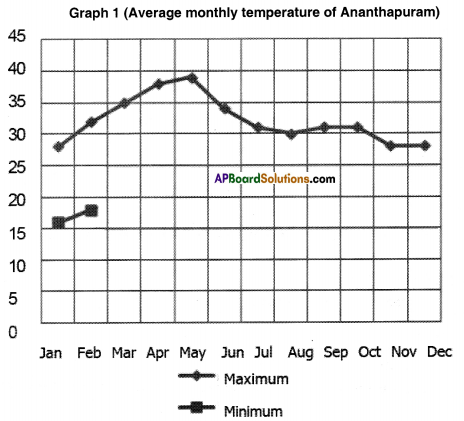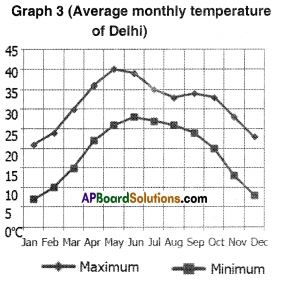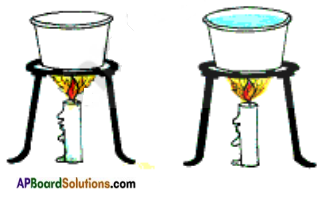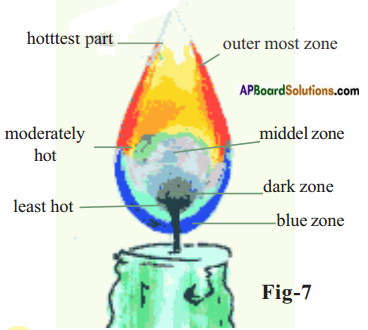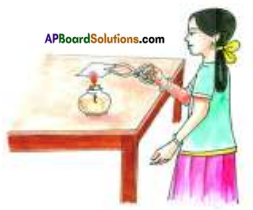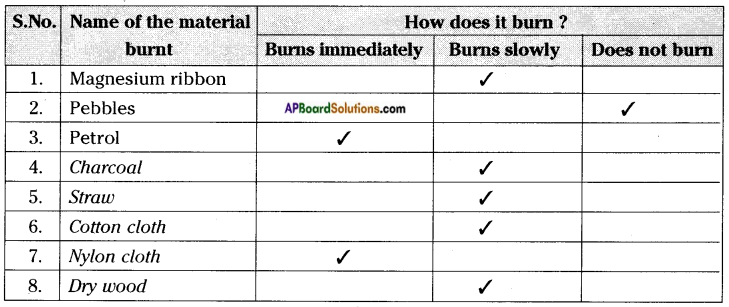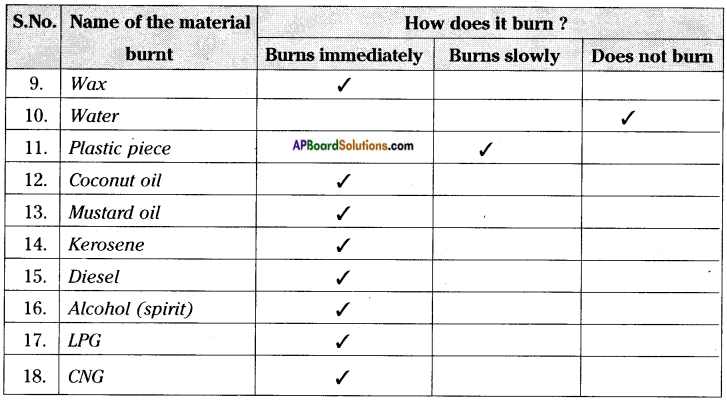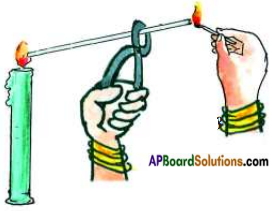AP State Syllabus AP Board 7th Class English Textbook Solutions Chapter 2B It’s Change…. Textbook Questions and Answers.
AP State Syllabus 7th Class English Solutions Chapter 2B It’s Change….
7th Class English Chapter 2B It’s Change…. Textbook Questions and Answers
I. Answer the following questions.
Question 1.
Who is the speaker of the poem? Guess her age? Support your answer.
Answer:
As shown in the picture in the book, the speaker is a girl. She is supposed to be 11+ years old – might be studying in VII Standard. It’s because she has a school bag on her shoulders.
Question 2.
What is the speaker’s complaint?
Answer:
She complains that though they are tiny kids, they are forced to study / learn too much and so she does not want to go to school.
Question 3.
How would you feel if a scientist cloned you?
Answer:
I would feel greatly annoyed if a scientist cloned me.
![]()
Question 4.
What is the speaker’s concern? Which line in the poem shows it?
Answer:
The speaker’s concern is learning too much for their age and strength as scientists are making rapid changes. The last line of the poem shows it.
Question 5.
Yes, scientists are causing me great concern’. How is this statement true in view of the speaker’s view ? What is your view?
Answer:
Scientists are cloning pigs and sheep. Biologists are making stem cells grow. Geologists are finding cracks in our earth. Archaeologists are digging up fossils and bones. They are all doing these activities saying that it’s change. So the speaker views that my view is the same as that of the speaker.
Question 6.
Pick out the word that describes the person who studies the life of plants and animals.
Answer:
The word is ‘Biologists’.
Question 7.
What does an archaeologist do?
Answer:
An archaeologist is the scientist who studies the cultures of the past. The archaeologist digs up fossils and bones.
![]()
II. Read the following lines from your poem and notice that the underlined words end with the same sound. Such words are called rhyming words.
Mum, I don’t want to go to school today.
‘Cause I fear our world is in decay.
Match the following words that rhyme. One is done for you. Add two more words to each pair that rhyme with them.
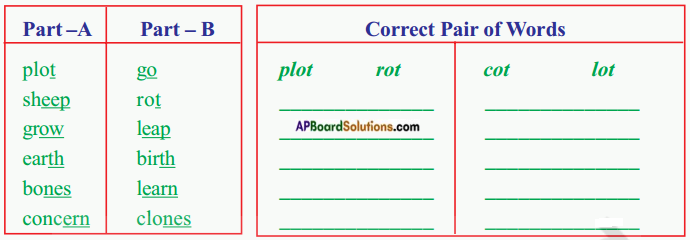

![]()
Project
I. Collect information about ten world famous Indian scientists and write it in your notebooks in the format given below :

Answer:
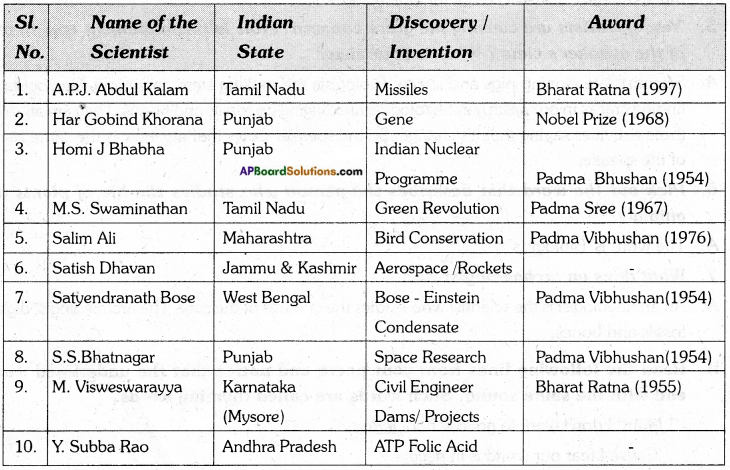
![]()
II. Now talk to other members of your group about one scientist whose discovery / invention has changed our life.
Dear friends, we must be proud of our own scientist Dr. Yellapragad Subba Rao. His discoveries in the field of science have greatly improved treatment of patients. His contribution proved to be very helpful to both doctors and patients. We must learn to follow the examples set by such great personalities.
It’s Change…. Summary in English
A little girl is afraid to go to school. She is worried that the teachers and scientists are all out to destroy this earth. They say cloning pigs and sheep is a big change. Biologists make stem cells grow. Geologists find cracks in rocks. Archaeologists discover bones of creatures who lived thousands of years ago. All these persons add to things we must learn. That is a big problem.
It’s Change…. Glossary
plot (n): a secret plan made to do something wrong
see through (phrasal v): understand
the rot (n): (here) the situation is getting worse
cloning (v): producing an exact copy of an animal
quantum leap (n): a sudden, great and important change.
stem cell (n): a basic type of cell from which all other cells develop
fossil (n): the remains of an animal or a plant which have become hard and turned into rock
concern (n): worry
![]()
feel (v): think / guess
cause (conj): because
change (n): fluctuation
great (adj): very much
kids (n): very young children
learn (v): (here) study
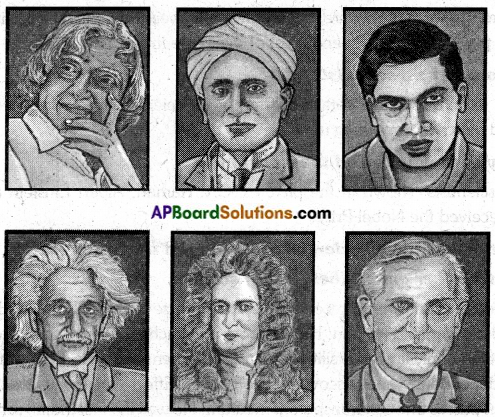


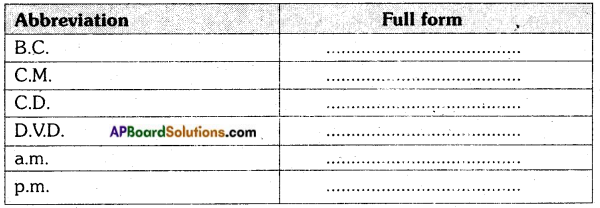
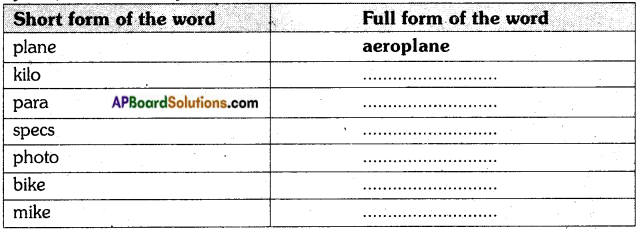



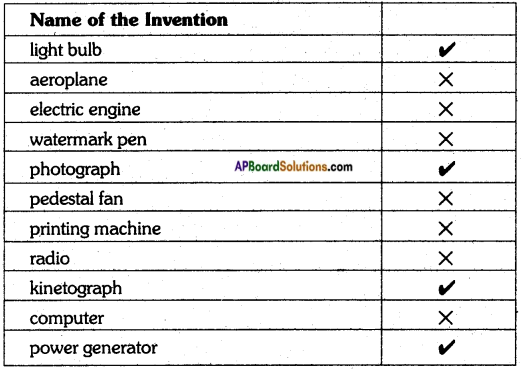



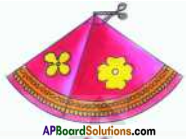

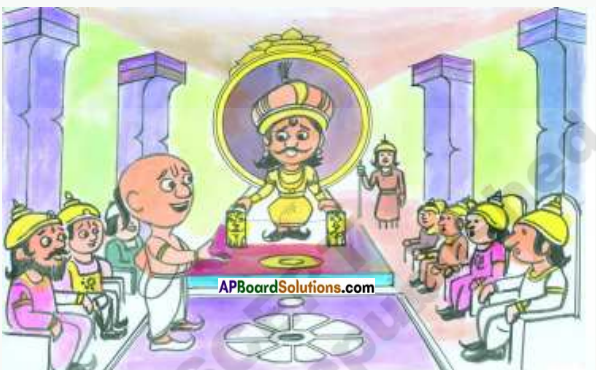






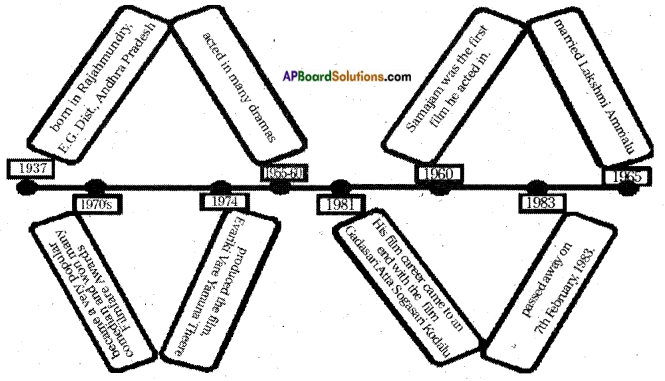
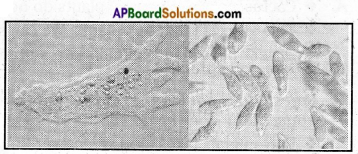

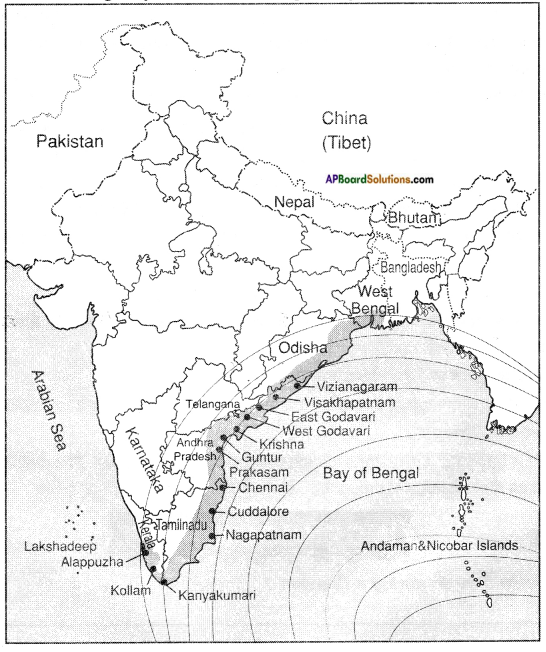


 a) What is the average highest temperature in July?
a) What is the average highest temperature in July? Radiation: When a body gives out energy it is called radiation.
Radiation: When a body gives out energy it is called radiation.
